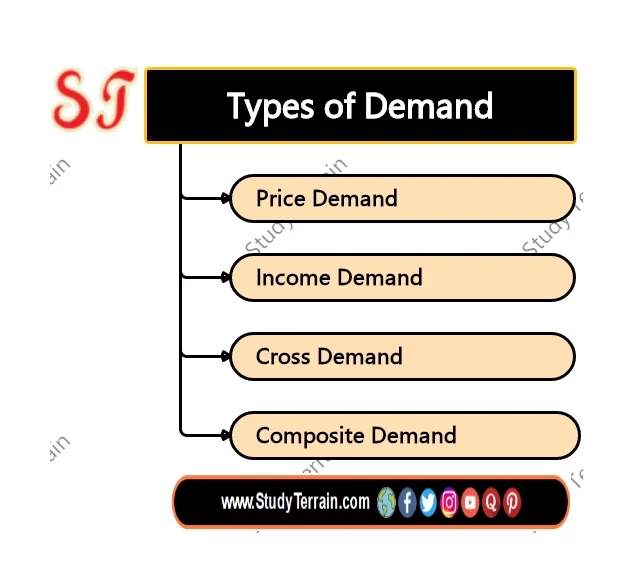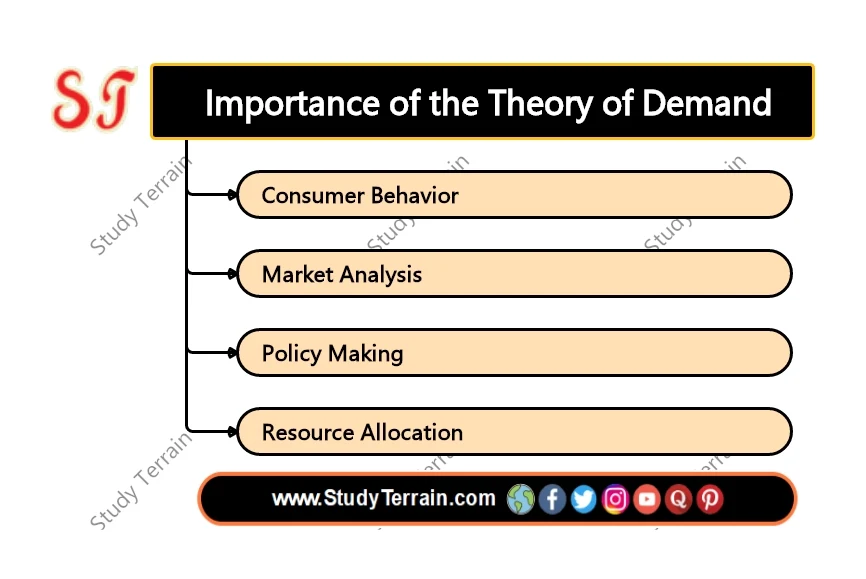In the vast realm of economics, the theory of demand stands as one of the fundamental pillars, guiding our understanding of how consumers behave in the marketplace. In this article, we'll delve into the theory of demand, covering what demand is, the demand curve, types of demand, and other important concepts that shape our understanding of consumer behavior.
Table of content (toc)
What is Demand?
Demand refers to the quantity of a good or service that consumers are willing and able to purchase at various prices during a specific period. It represents the desire and ability of consumers to buy a product at a given price level. The law of demand, a key principle in economics, states that there is an inverse relationship between the price of a good and the quantity demanded, all else being equal. In simpler terms, as the price of a good increases, the quantity demanded decreases, and vice versa.
The Demand Curve
The demand curve is a graphical representation of the relationship between the price of a good and the quantity demanded by consumers. It's a downward-sloping curve, illustrating the law of demand. The demand curve slopes downward from left to right, indicating that as the price of a good decreases, the quantity demanded increases, and as the price increases, the quantity demanded decreases.
Types of Demand
 |
| Types of Demand - Study Terrain |
Price Demand
This is the most common type of demand, where the quantity demanded changes in response to changes in the price of the good. As the price decreases, consumers are willing and able to buy more of the good, and vice versa.
Income Demand
Income demand refers to how changes in consumers' income affect their demand for a good. For normal goods, as income increases, the demand for the good also increases. For inferior goods, as income increases, the demand for the good decreases.
Cross Demand
Cross demand refers to how changes in the price of one good affect the demand for another good. Substitutes have a positive cross demand—when the price of one substitute increases, the demand for the other substitute increases. Complements have a negative cross demand—when the price of one complement increases, the demand for the other complement decreases.
Composite Demand
Composite demand occurs when a good is demanded for multiple uses. For example, milk is demanded for both drinking and making cheese. Changes in one use affect the demand for the other.
Importance of the Theory of Demand
 |
| Importance of the Theory of Demand - Study Terrain |
Consumer Behavior
Understanding the theory of demand helps economists and businesses predict how consumers will respond to changes in price, income, and other factors.
Market Analysis
Demand analysis is crucial for assessing market conditions and identifying trends in consumer behavior. It helps businesses make informed decisions about pricing, production, and marketing strategies.
Policy Making
Governments use demand analysis to formulate policies related to taxation, subsidies, and regulations. Understanding consumer demand helps policymakers design policies that promote economic growth and stability.
Resource Allocation
Demand analysis assists in the efficient allocation of resources by ensuring that resources are directed to areas where they are most valued by consumers.
Conclusion
The theory of demand provides a framework for understanding consumer behavior and how it influences market outcomes. By studying demand, economists and businesses gain insights into how consumers make choices and respond to changes in price, income, and other factors. Whether it's analyzing the demand for a new product or predicting the impact of a policy change, the theory of demand remains a cornerstone of economic analysis, guiding decisions and shaping our understanding of the market.
For more content visit Managerial Economics



